Which of the following structures is an exocrine gland?
A. Pineal gland
B. Parathyroid gland
C. Parotid gland
D. Pituitary gland
The parotid gland is an exocrine gland that secretes saliva into the mouth. Exocrine glands secrete their products into ducts that carry the secretions to the body's surface or into body cavities. The other options are endocrine glands, which secrete hormones directly into the bloodstream. The pineal gland secretes melatonin, the parathyroid glands secrete parathyroid hormone, and the pituitary gland secretes several hormones that regulate various bodily functions.
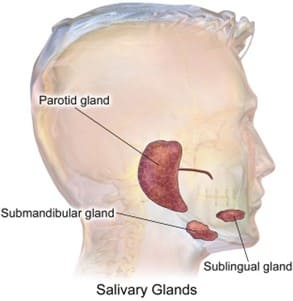
Therefore, the Correct Answer is C.
More Questions on TEAS 7 Science
-
Q #1: Both digestion and absorption happen in which of the following parts of the digestive system?
A. Gallbladder
B. Esophagus
C. Stomach
D. Small intestine
Answer Explanation
Both digestion and absorption happen in the small intestine ¹. Digestion is the process by which food is broken down into small molecules that the body can absorb and use for energy, growth, and repair ¹. The final products of digestion are absorbed from the digestive tract, primarily in the small intestine ¹.
The other options are not correct because they do not accurately describe where both digestion and absorption happen in the digestive system. The gallbladder stores bile produced by the liver, but does not play a direct role in digestion or absorption. The esophagus transports food from the mouth to the stomach, but does not play a direct role in digestion or absorption. The stomach plays a role in digestion by churning food and mixing it with gastric juices, but most absorption occurs in the small intestine.

-
Q #2: Which of the following ions binds to the troponin complex, initiating the contraction of a muscle?
A. Sodium
B. Potassium
C. Calcium
D. Phosphorus
Answer Explanation
When a muscle cell is stimulated by a nerve impulse, calcium ions are released from the sarcoplasmic reticulum into the cytoplasm. The calcium ions bind to the troponin complex, which is a protein that regulates the interaction between actin and myosin filaments. The binding of calcium to troponin causes a conformational change that exposes the binding sites for myosin on the actin filaments. This allows the myosin heads to attach to the actin and pull the filaments past each other, resulting in muscle contraction.
-
Q #3: Which of the following is a component of the integumentary system that secretes pheromones?
A. Fossa ovalis
B. Seminiferous tubule
C. Dermal papilla
D. Apocrine gland
Answer Explanation
The apocrine gland is a component of the integumentary system that secretes pheromones. Pheromones are chemical signals that are released by an individual and can affect the behavior or physiology of other individuals of the same species.
The other options are not components of the integumentary system that secrete pheromones. The fossa ovalis is a depression in the interatrial septum of the heart, the seminiferous tubule is a structure in the testes where sperm are produced, and the dermal papilla is a structure at the base of a hair follicle that provides nutrients to the hair.
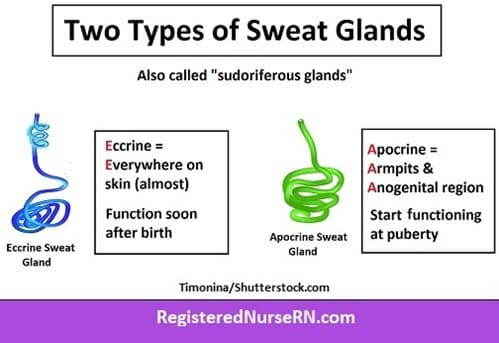
-
Q #4: Which of the following substances is responsible for donating H+ ions to act as a buffer when blood pH rises?
A. Oxygen
B. Carbon monoxide
C. Carbon dioxide
D. Carbonic acid
Answer Explanation
The correct answer is d. Carbonic acid. When blood pH rises, carbonic acid can donate H+ ions to act as a buffer and help maintain the pH within a normal range. Carbonic acid is formed when carbon dioxide dissolves in water and reacts with it.
A. Oxygen is not responsible for donating H+ ions to act as a buffer when blood pH rises.
B. Carbon monoxide is a toxic gas that does not play a role in buffering blood pH.
C. Carbon dioxide can dissolve in water to form carbonic acid, which can then donate H+ ions to act as a buffer.
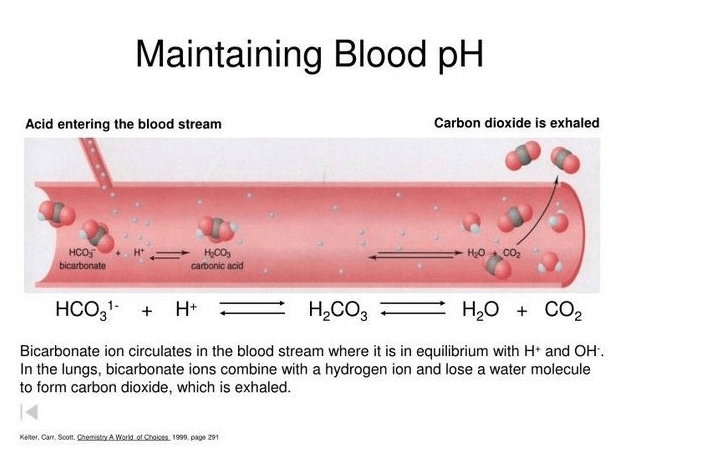
-
Q #5: If a mother's____________ cell contains mutated DNA, this mutation can be passed to her offspring. Which of the following options correctly completes the sentence above?
A. somatic
B. white blood
C. germ.
D. Stem
Answer Explanation
The correct answer is c. germ. If a mother's germ cell contains mutated DNA, this mutation can be passed to her offspring. Germ cells are the reproductive cells (eggs in females and sperm in males) that carry genetic information from one generation to the next.
a. Somatic cells are all the other cells in the body that are not germ cells. Mutations in somatic cells are not passed on to offspring.
b.White blood cells are a type of somatic cell that plays a role in the immune system.
d. Stem cells are undifferentiated cells that have the ability to develop into different types of cells in the
body.

-
Q #6: Which of the following describes a genetic mutation that results in uncontrolled division of a single cell within the body?
A. Cancer
B. Gene therapy
C. Stem cell
D. Translation
Answer Explanation
A genetic mutation that results in uncontrolled division of a single cell within the body describes cancer ¹. Cancer is a disease of uncontrolled cell division ¹. Its development and progression are usually linked to a series of changes in the activity of cell cycle regulators ¹. In most cases, these changes in activity are due to mutations in the genes that encode cell cycle regulator proteins ¹.
The other options are not correct because they do not accurately describe a genetic mutation that results in uncontrolled division of a single cell within the body. Gene therapy, stem cells, and translation are not processes that result in uncontrolled cell division.
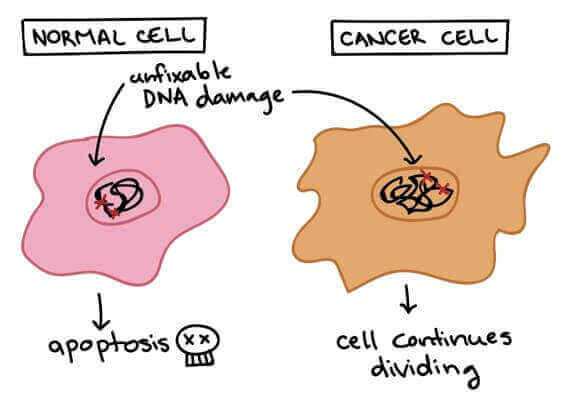
-
Q #7: Which of the following organs filters excess solutes from the blood?
A. Stomach
B. Spleen
C. Kidney
D. Gallbladder
Answer Explanation
The organ that filters excess solutes from the blood is the kidney ¹. The kidneys are a pair of bean-shaped organs located on either side of the spine, just below the rib cage ². They are responsible for filtering waste products and excess fluid from the blood and excreting them in the form of urine ².
The other options are not correct because they do not accurately describe the organ that filters excess solutes from the blood. The stomach, spleen, and gallbladder do not filter excess solutes from the blood.

-
Q #8: Parasitic worm infestation is hypothesized to be damaging to the host. However, scientists have recently discovered that worm infestation can relieve the effects of certain autoimmune disorders. In which of the following ways should the hypothesis be modified, given the new findings?
A. Worm infestation prevents the body from immune malfunction.
B. Worm infestation reduces the severity of certain autoimmune disorders.
C. Lack of worm infestations is the cause of some autoimmune disorders.
D. Worm infestations exacerbate the body's immune reaction.
Answer Explanation
Given the new findings that worm infestation can relieve the effects of certain autoimmune disorders, the hypothesis should be modified to state that worm infestation reduces the severity of certain autoimmune disorders.
This option best reflects the new information and suggests a potential benefit of worm infestation in relation to autoimmune disorders. The other options do not accurately reflect the new findings and do not provide a clear modification to the hypothesis.
-
Q #9: Which of the following terms describes the relaxation of the chambers of the heart during the cardiac cycle?
A. Tachycardia
B. Diastole
C. Systole
D. Bradycardia
Answer Explanation
The relaxation of the chambers of the heart during the cardiac cycle is called diastole ¹. The cardiac cycle is a sequence of events that occurs when the heart beats ². It consists of two phases: systole, when the heart contracts and pumps blood into circulation, and diastole, when the heart relaxes and fills with blood ².
The other options are not correct because they do not accurately describe the relaxation of the chambers of the heart during the cardiac cycle. Tachycardia is a rapid heart rate, bradycardia is a slow heart rate, and systole is the contraction of the heart chambers.
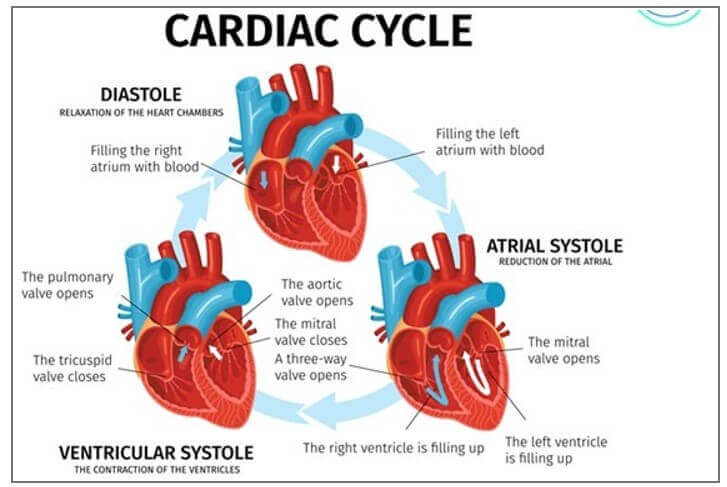
-
Q #10: Which of the following layers of skin lack blood vessels?
A. Papillary
B. Epidermis
C. Reticular
D. Hypodermis
Answer Explanation
The layer of skin that lacks blood vessels is the epidermis. The epidermis is the thin outer layer of the skin and does not have any blood vessels within it. It is composed of keratinized, stratified squamous epithelium and is made of four or five layers of epithelial cells, depending on its location in the body.
The other options are not correct because they do contain blood vessels. The papillary layer is part of the dermis, which contains blood vessels. The reticular layer is also part of the dermis and contains blood vessels . The hypodermis is a layer below the dermis and also contains blood vessels.
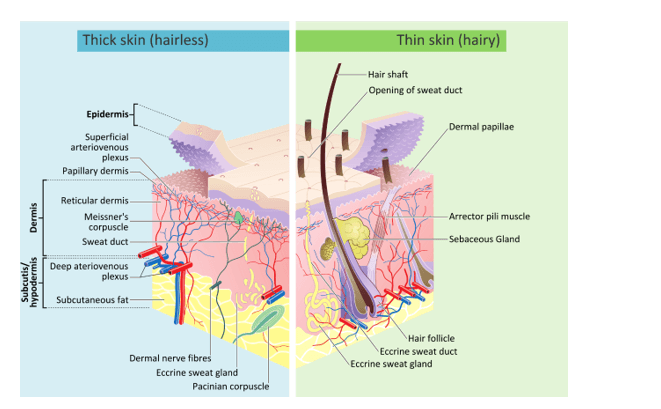
Free Access on TEAS 7 Exams and Study Notes
- Access to all TEAS 7 Exams
- Performance Tracking and Analysis
- Well Documented and Explained Questions and Answers
- 2000+ Questions and Correct Answers: Answers Well Explained
- Libary of Detailed StudyNotes
- Topical Questions and Answers on Examinable topics
TEAS 7 Exams (Q&A)
TEAS 7 Study Notes
TEAS 7 Topical Tests

TEAS 7 Study Guides
Quick Links
Refer a Friend
Refer a friend and claim free unlimited access

© 2024 ExamGates Made with by ExamGates
